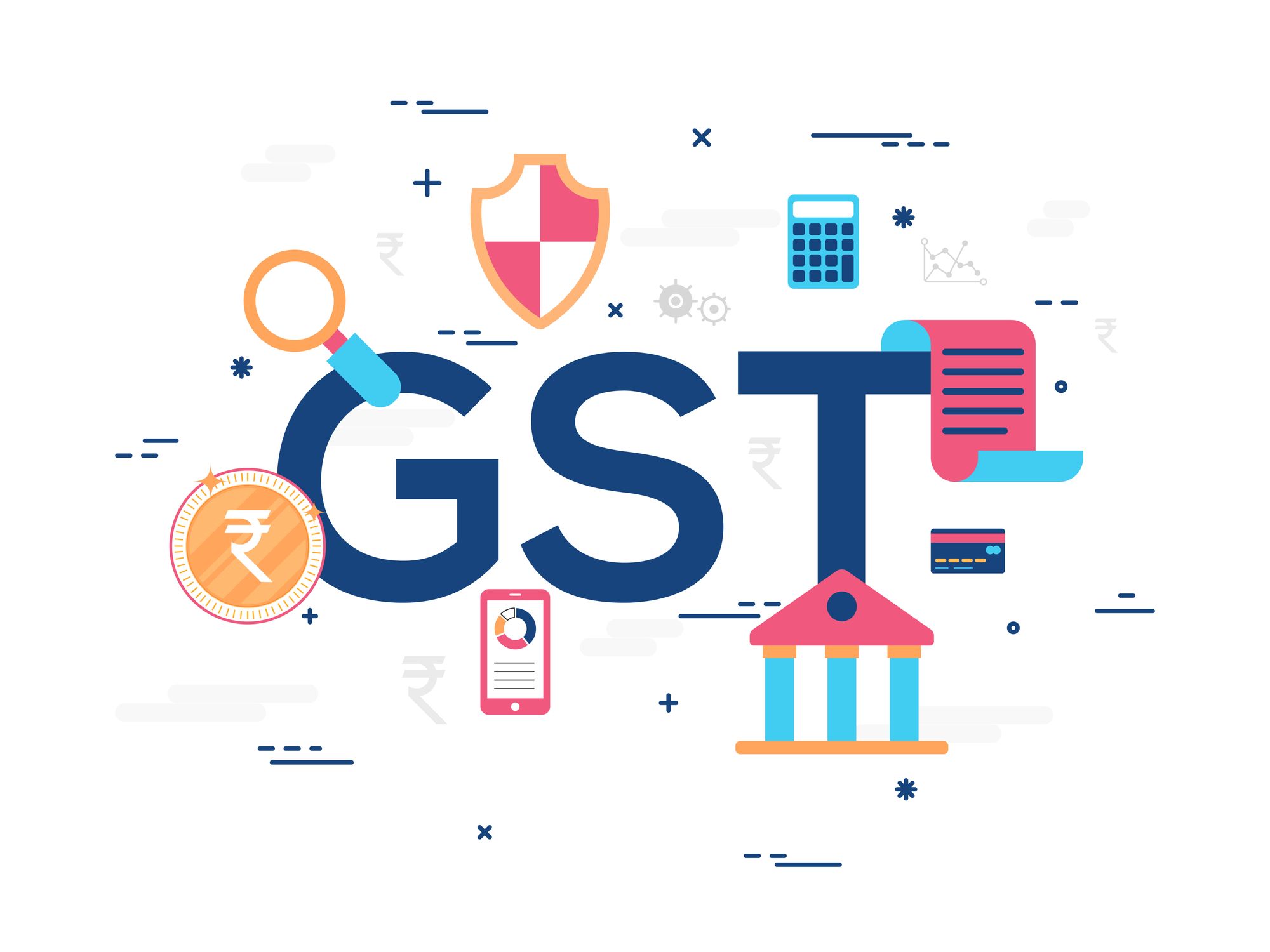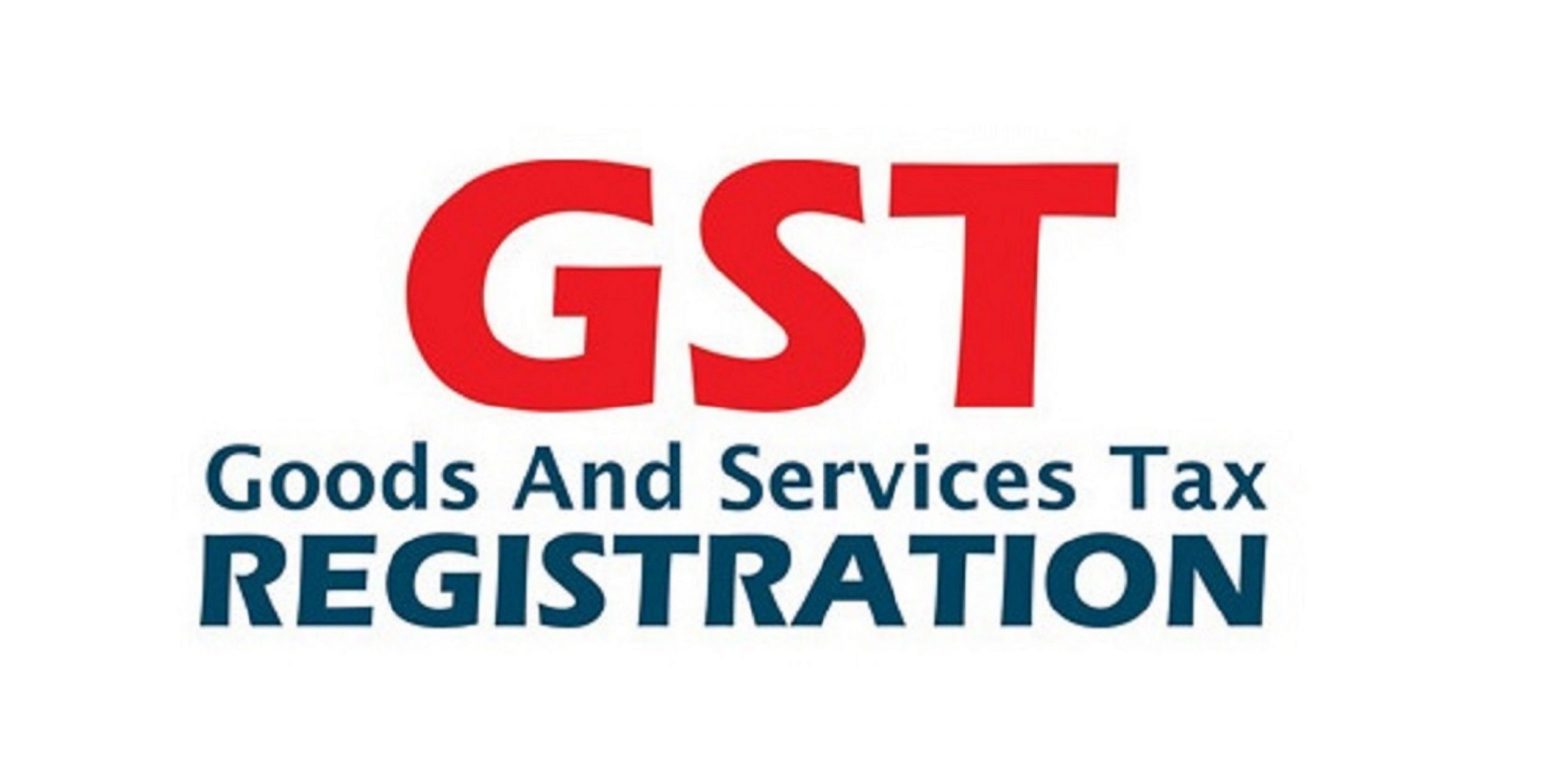Browsing the Intricacies of GST Registration: Expert Tips to Guarantee a Effective and smooth Enrollment
Navigating the intricate landscape of GST enrollment can be a difficult job for organizations aiming to conform with governing demands. The process includes a wide range of steps, documents, and prospective risks that can prevent a smooth enrollment experience - Simplify your GST registration process with our expert services in Singapore. In the realm of tax conformity, looking for professional guidance and strategies is vital to make sure an effective outcome. Recognizing the subtleties of GST registration and leveraging skilled pointers can make a substantial distinction in improving the procedure and enhancing benefits. By discovering the crucial aspects and usual challenges connected with GST registration, companies can equip themselves with the expertise required to browse this facility surface effectively.
Comprehending GST Enrollment Refine
Browsing via the complexities of the GST registration procedure requires a thorough understanding of the documentation and demands included. The procedure starts by establishing whether a business is eligible for GST enrollment based on aspects such as yearly turn over, interstate deals, and the type of products or services offered.
In addition, it is necessary to make sure that all details gone into in the application are precise and as much as date, as any type of inconsistencies may bring about hold-ups or rejection of the enrollment. Understanding the numerous GST forms and their particular usages is also vital in finishing the registration process efficiently. By familiarizing oneself with these needs and remaining organized throughout the application process, businesses can browse the GST enrollment procedure efficiently and efficiently.
Essential Documents for Registration
In order to effectively complete the GST registration process, services need to collect and submit important paperwork that corroborates their eligibility and sustains the information given in the application. The key files needed for GST registration normally include evidence of organization incorporation or enrollment, identity and address proof of the key local business owner or companions, financial institution account statements, business frying pan card, and evidence of business address such as utility expenses or rent out contract.

Ensuring that all essential documents is exact, as much as day, and in the prescribed format is essential to avoid hold-ups or issues throughout the GST enrollment procedure. Companies should carefully evaluate the document demands detailed by the tax authorities to facilitate a successful and smooth registration.
Common Mistakes to Avoid
An important facet of the GST registration procedure entails guiding clear of common errors that can restrain the smooth completion of registration for businesses. Mistakes in details such as the organization address, pan, or name can lead to hold-ups in the registration procedure.
One more typical error is not understanding the threshold for enrollment. Companies need to register for GST if their yearly turnover exceeds the prescribed limit, stopping working which can lead to charges and legal consequences (Simplify your GST registration process with our expert services in Singapore). Therefore, it is essential for services to remain notified concerning the enrollment needs and due dates to stay clear of non-compliance issues.
Additionally, some organizations neglect the value of prompt entry of registration documents. Hold-ups in sending necessary forms and records can lengthen the registration process unnecessarily. To stop this, companies must establish a timeline for event and sending all required documentation quickly. By see here avoiding these typical risks, services can navigate the GST registration process effectively and ensure compliance with the tax obligation guidelines.
Making Best Use Of Input Tax Debt Advantages

Organizations must additionally consistently resolve their purchases with the auto-generated input tax obligation credit rating offered on the GST website to recognize any type of inconsistencies and correct them without delay. It is recommended to conduct regular reviews of input tax debt claims to make certain compliance with GST laws and policies. By faithfully following these practices, companies can optimize their input tax obligation credit rating benefits, enhance their lower line, and stay certified with GST demands.
Specialist Tips for Smooth Enrollment
To start the enrollment procedure seamlessly, services must initially identify their eligibility for GST registration based on turn over and company activities. It is vital to collect and organize necessary papers such as Frying pan card, proof of content business identification, enrollment and address proofs of promoters, bank statements, and business-specific documents like rental arrangements or utility bills for the properties. Seeking professional advice or using on the internet resources offered by the tax obligation authorities can also help in a smoother enrollment procedure, assisting companies prevent typical challenges and browse the intricacies of GST enrollment with simplicity.

Final Thought
Finally, navigating the complexities of GST enrollment calls for an extensive understanding of the procedure, vital documents, common risks to stay clear of, and strategies to make best use of input tax credit advantages. By following professional suggestions and standards, organizations can make sure a smooth and successful registration process, ultimately bring about compliance with GST policies and taking full advantage of tax benefits.
By familiarizing oneself with these requirements and staying arranged throughout the application process, companies can browse the GST enrollment procedure successfully and properly.
An important aspect of the GST registration procedure entails steering clear of common errors that can hamper the smooth conclusion of registration for businesses. By avoiding these usual mistakes, organizations can navigate the GST enrollment process effectively and make sure conformity with the tax laws.
To start the registration process effortlessly, businesses must first determine their qualification for visit their website GST enrollment based on turn over and company activities. Looking for expert guidance or utilizing online resources given by the tax authorities can also aid in a smoother registration process, helping organizations avoid typical mistakes and navigate the intricacies of GST registration with convenience.